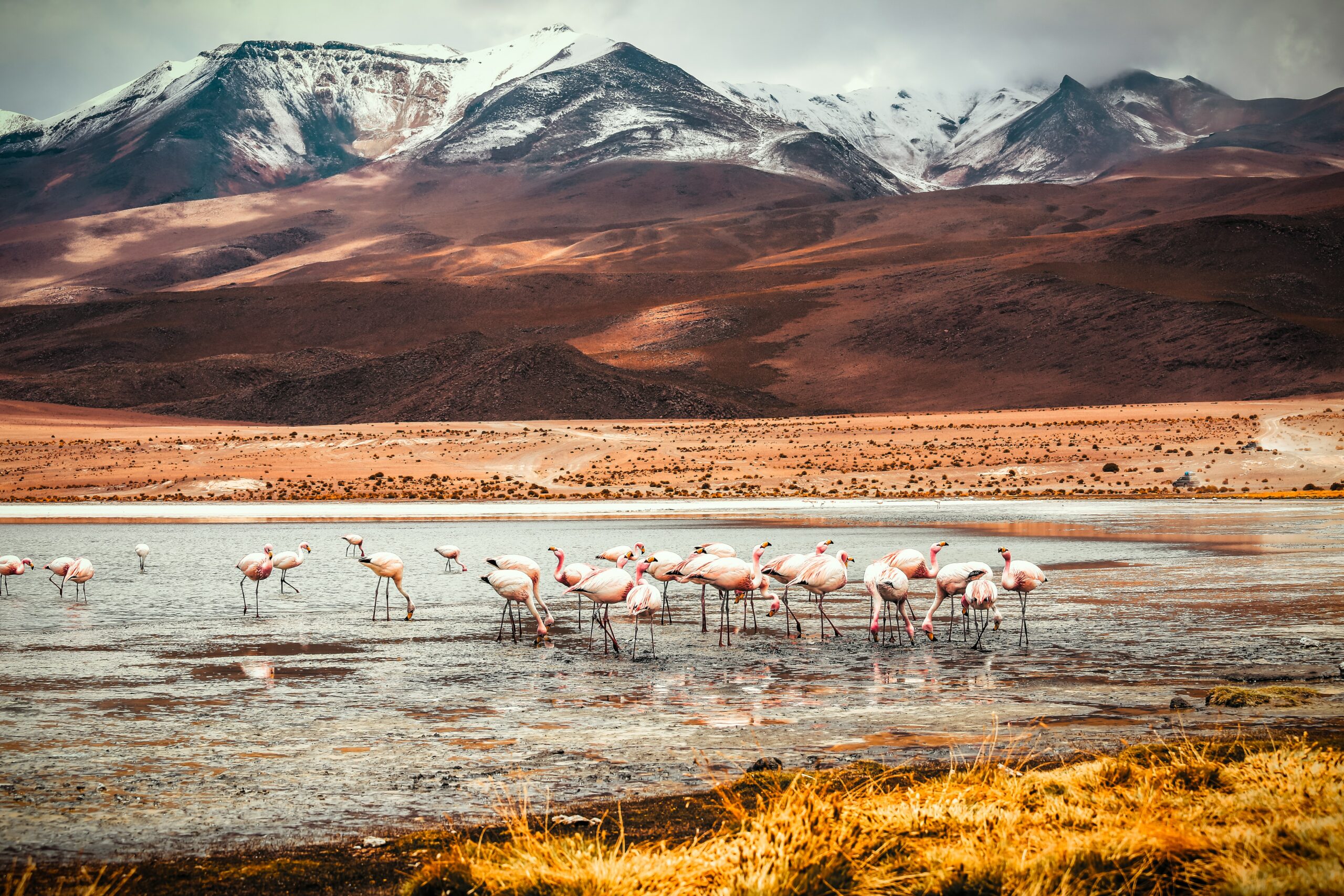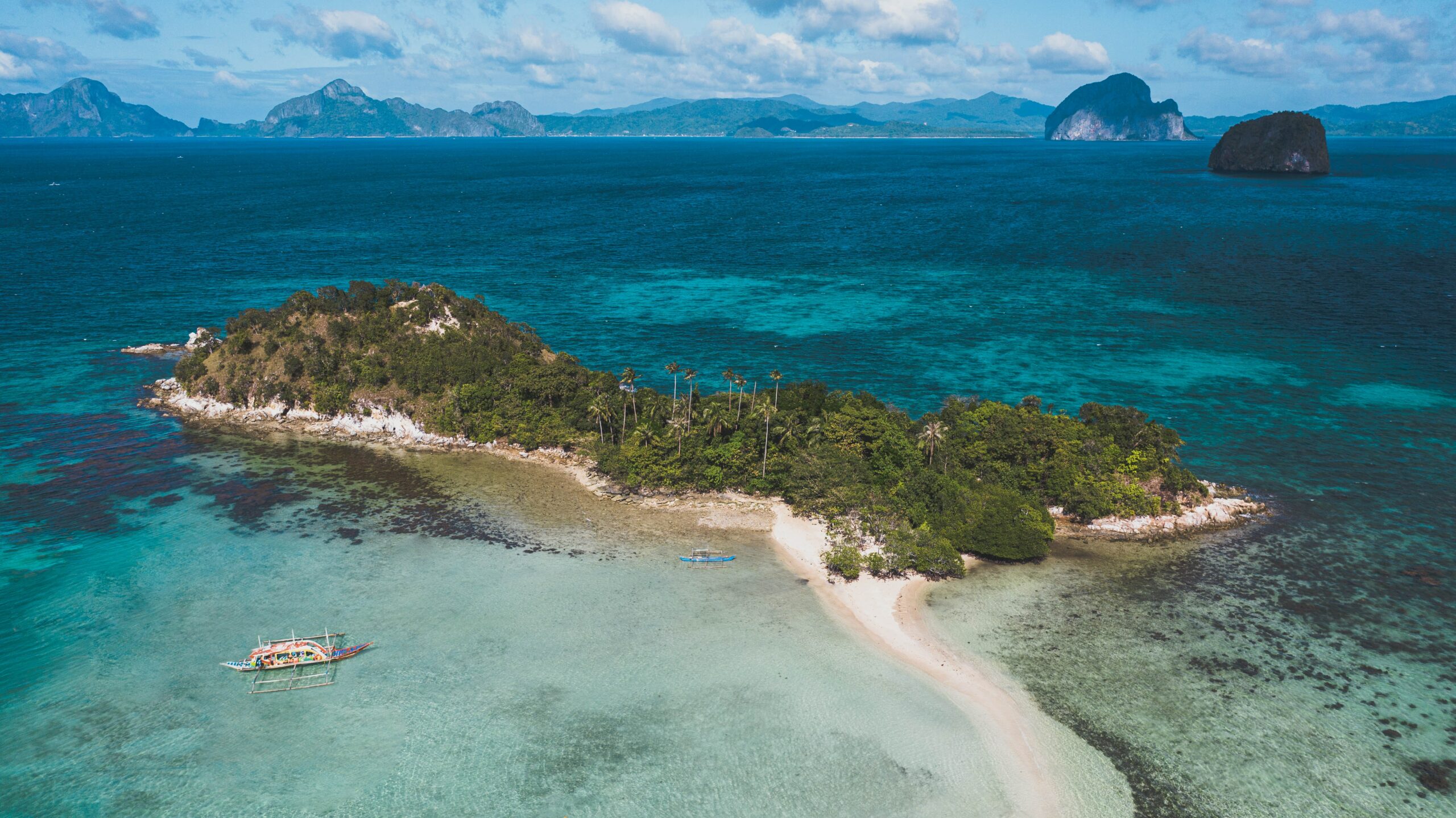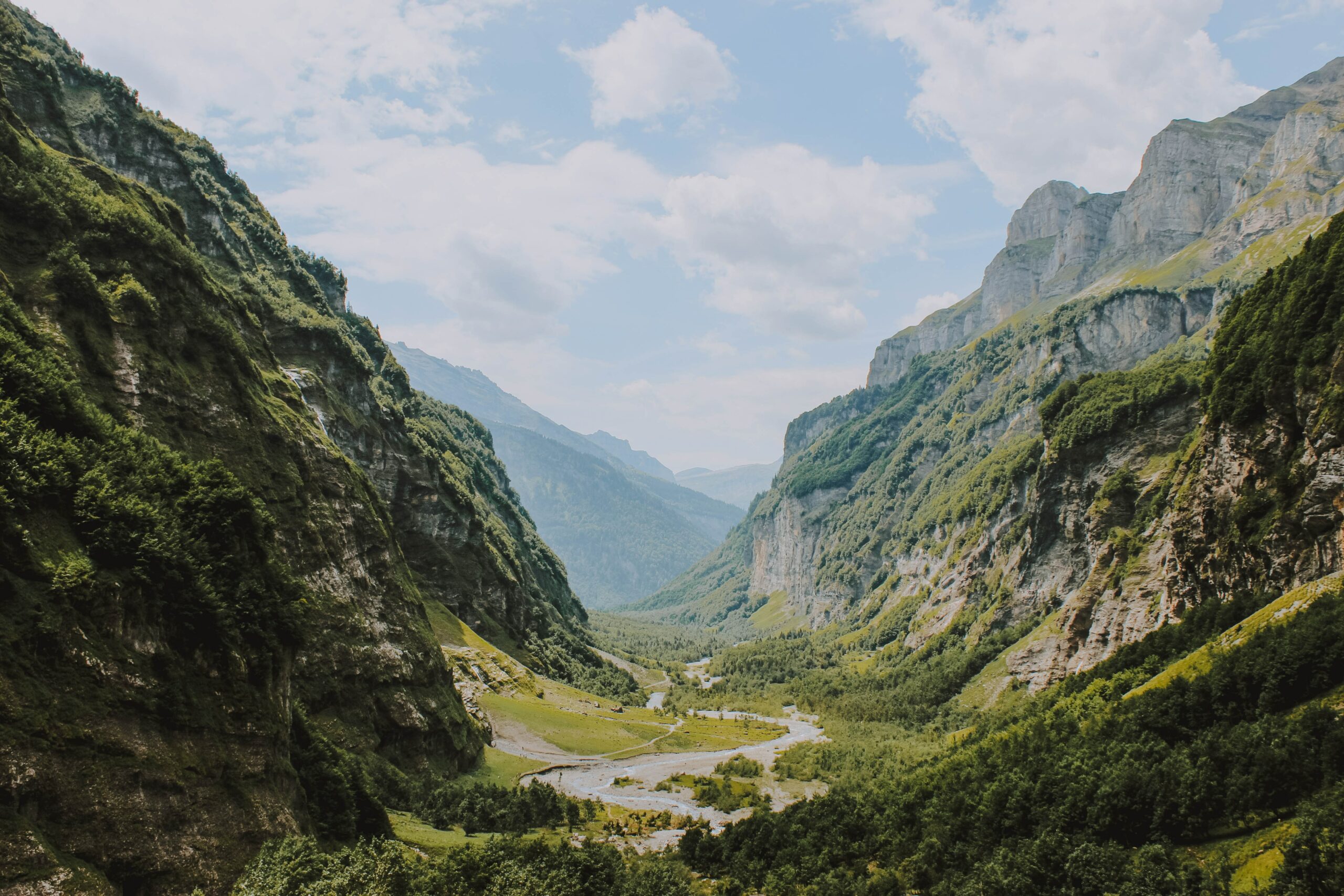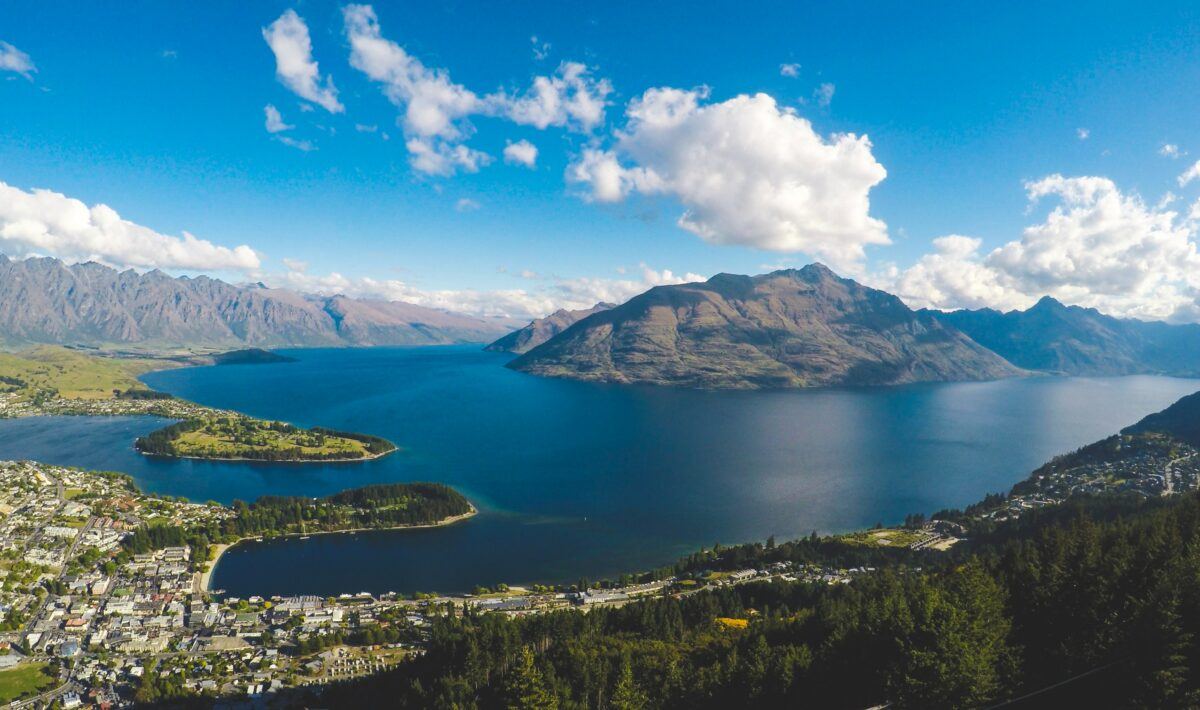Even if you knew about these world’s most Dangerous Travel locations and had them on your bucket list all along, you’d be surprised at how deadly they are when you visit them. Lake Natron is one of the most hostile environments on the planet. Let’s not be deceived by the salt marshes surrounding Lake Natron. For many people, this lake is known as one of the world’s most hostile places.
Lake Natron in northern Tanzania resembles a lake of fire in both appearance and behavior. The Natron sodium carbonate decahydrate in the lake’s water makes it caustic to human skin and eyes, reaching a pH level of more than 12 at times. The pink-red hues of the lake are due to the presence of red-colored microorganisms. This is even though the lake’s water temperature of 120 degrees is too high for most species.
Cyanobacteria living in Natron are responsible for its red and orange color. Lake Natron is home to 2.5 million Lesser Flamingos, a surprising number. It is vital to the overall health and well-being of the ecosystem and the survival of the species that the lake is preserved because it is one of the few remaining areas where they can lay their eggs. This is also critical to the reproduction of the species.
This route is, to put it nicely, a death trap for those who travel it. “Death Road” is the name given to this particular stretch of road for all the reasons you can think of. Fog and landslides make driving up or down this 43-mile switchback exceedingly risky. Every curve of the cliffs and falls contains a two-thousand-foot drop in vertical elevation.

As you travel along this mountainous route, you will have the opportunity to visit the Amazon jungle and the capital city. To sell wood and commodities in the area it is Dangerous Travel merchants would often pack into trucks and buses.
The Deadliest Place on Earth: Snake Island:
There is a 25-mile-long island off the coast of Brazil that no local would dare to set foot on. News reports in the media, several anglers have been discovered dead in their boats in recent years after venturing too close to the shorelines of their various homeports. Golden lancehead snakes, a pit viper species and one of the world’s most lethal serpents, is the island’s primary threat. It is, in my opinion, the most challenging area on the face of the globe.
Extreme Climatic Condition Oymyakon experiences:
Located in Russia’s Oymyakon Ski area, the village of Oymyakon consists of just a few houses. This site is considered one of the most Dangerous Travel due to the terrible weather conditions that prevail there. This area is uninhabitable because of the extreme heat. At -40 degrees Celsius, it’s hard for tourists and other travelers to visit. This location is safe, as the temperature here is unbearable for most people. As a result of the extreme heat, few people come here because there are no vegetables or crops that can be planted. Only 500 people have been able to make a home here and endure the subzero temperatures.

Arid Coast: Skeleton Coast:
There is a large area of the Skeleton Coast that stretches from southern Angola to northern Namibia. Between the Kunene and Swakop rivers, it’s a vast expanse. In terms of “the most Dangerous Travel areas on Earth,” the skeleton coast ranks near the bottom of the pack. They cannot visit this secluded area because of the oppressive heat, lack of food and drink, and a lack of shelter.
Additionally, countless animal bones are littering the region, giving it an unappetizing aspect.They are unable to visit the area because of the dangers posed by humans. This is the most extreme place on Earth, and it’s called Death Valley. In the California-Nevada border region, Death Valley is a desert valley home to a diverse range of species. Thailand has about 80 million people, making it one of the world’s most populous countries.
As a result, it is also one of the most visited countries in the world. Because of its numerous attractions, the country is one of the most well-known tourist destinations on the planet and one of the most frequently visited countries on the Earth. People worldwide refer to it as “the Maldives,” which is the local name for the country. Only a handful of deserts in the Middle East and Africa reach summertime temperatures as high as Death Valley’s, so it’s hard to compare. Following the National Weather Service’s report, July 2018 was the warmest month on record at the world’s hottest spot.

The average temperature, which includes overnight lows, was 108.1 degrees Fahrenheit. A record-breaking four days in a row saw daily highs of 127 degrees Fahrenheit. Named Death Valley after a group of immigrants who became separated in the desert during the winters of 1849-1850 and were responsible for the area’s creation. Even though only one person has passed away in this valley, they all believe it is Dangerous Travel and their final resting place.
An Active Volcanic Zone in the Danakil Desert:
The Danakil Desert in East Africa is one of the most sparsely populated places on Earth. Volcanoes and geysers emit poisonous gas at temperatures that often exceed 50°C. This is a problematic site for tourists to get to. Even if you only stay there for a short time, your physical health can suffer greatly. It is the location of one of the most bizarre sites on the planet.
Toxic sulfur fumes are to blame for most of the negative consequences in this location. On top of that, it’s a volcanically active location in this region. In the desert, temperatures are rarely lower than 50 degrees Celsius throughout the day. As a result, this desert is considered one of the most Dangerous Travel places on the planet.
An Eden in the Jungle: Madidi National Park:
About 19,000 square kilometers of land make up Bolivia’s Madidi National Park, along the Amazon River. The deep forest of the national park is home to a wide variety of plants and animals, some of which are poisonous and unsuitable for human consumption. Because of the large number of predators present in the forest, the park has cautioned visitors not to enter the woods on their own, citing the danger of becoming prey.
Hell’s Gates – The Front Door:
The Darvaza Gas Crater in Turkmenistan, often known as the “Gates of Hell,” is a natural wonder of the world. To keep methane from spreading, geologists started a fire in an underground cave in 1971, and it has been blazing ever since. It is a popular tourist destination located in Turkmenistan’s Karakum Desert, about 260 kilometers north of the country’s capital, Ashgabat.

This Dangerous Travel area has been identified as containing one of the world’s most significant natural gas resources, widely regarded as the world’s most influential. “Door to Hell” is the term locals gave to this place because of the massive crater’s 70 meters in diameter explosion, boiling muck, and orange flames. The hot spots cover a 60-meter-long and 20-meter-deep area.
Forbidden, Dangerous and Mysterious: North Sentinel Island:
The Andaman Islands’ North Sentinel island is one of the world’s most Dangerous Travel destinations. This is because they have been isolated from the rest of the world for more than a thousand years. During this period, outsiders rejected attempts to establish contact with indigenous peoples with outright rejection by the latter. The island’s indigenous tribes people have never had to deal with outsiders before.
The villagers consider tourists to be a threat, and if they come close to their territory, they will retaliate by committing violent crimes against them. It is one of the oldest islands on Earth, and it attracts tourists with stories of mystery and intrigue. The safety of the tribal community is another reason why visitors are asked not to come. Visitors can carry disease-causing bacteria and spread them to the entire population, which has no immunity.


